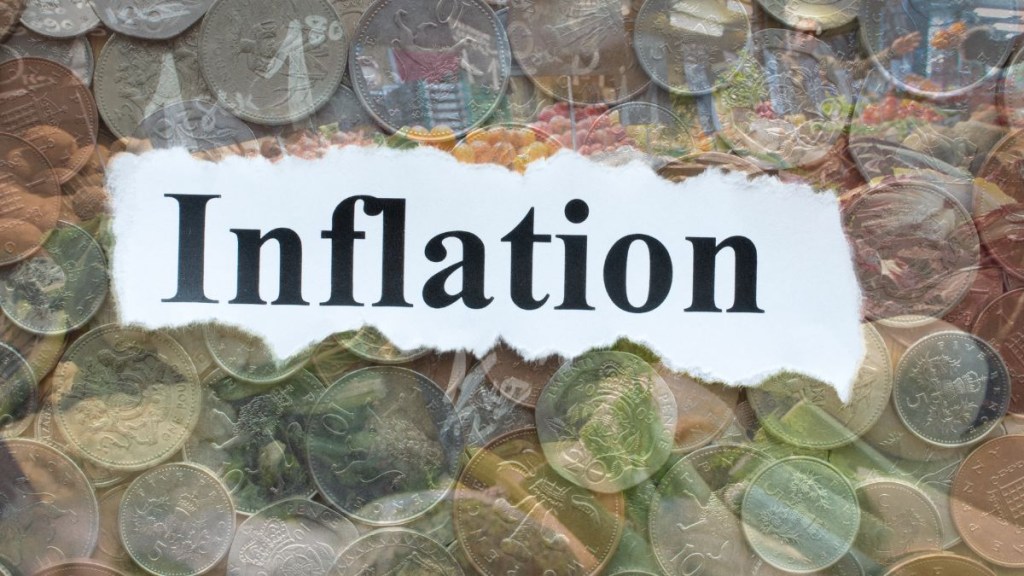Based on the inflation trajectory and the outlook on agriculture and global oil and commodity prices, Crisil projected retail inflation for FY26 to average at 4 per cent, marking a notable moderation from the 4.6 per cent recorded in fiscal 2025. This forecast is underpinned by a significant drop in the Consumer Price Index (CPI)-based inflation, which fell to 2.1 per cent in June 2025, the lowest level since January 2019.
Key drivers for easing of CPI inflation in June
The easing inflation trend is largely driven by a sharp decline in food inflation, which turned negative at -1.1 per cent in June from 1.0 per cent in May, reflecting broad-based deflation across key food groups such as pulses, vegetables, meat, fish, and spices. Among food items, pulses, vegetables, meat and fish, and spices continued to see deflation, while inflation in cereals eased sharply. Earlier, Crisil had released its monthly Roti Rice Rate report, according to which, the cost of both vegetarian and non-vegetarian thalis dropped by 8 per cent and 6 per cent respectively, in June, largely due to lower vegetable and broiler prices.
While food prices drove the bulk of the decline, fuel inflation also softened to 2.6 per cent from 2.8 per cent previously.
Core inflation edges up but stays below trend
However, there was a pick-up in core inflation to 4.4 per cent from 4.2 per cent in May, driven by a broad-based uptick across various sub categories, including surging gold inflation. Core remained below its decadal trend rate of 4.9 per cent.
What’s shaping the inflation outlook?
The inflation outlook is shaped by favourable agriculture prospects and subdued global commodity prices. The Ministry of Agriculture’s advance estimates indicate a robust rabi harvest with record wheat production, while the India Meteorological Department forecast an above-normal monsoon. With southwest rainfall at 110 per cent of the long-period average as of mid-July, kharif sowing has remained healthy too. This, Crisil said, should sustain food supplies and keep food inflation in check, provided weather conditions remain favourable without disruptions. “Assuming geopolitical uncertainties do not escalate, Brent crude oil prices will likely remain subdued at $60-65 per barrel, which should also help contain non-food inflation,” it added.
Monetary policy implications: Room for rate cuts
This moderate inflation environment is expected to provide the Reserve Bank of India’s (RBI) Monetary Policy Committee (MPC) with room for another potential rate cut. “The lower inflation gives the Reserve Bank of India’s Monetary Policy Committee headroom for another rate cut this fiscal, apart from the 100 basis points pared so far,” Crisil said.

